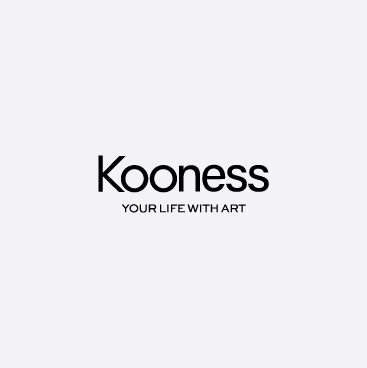Sunodia 1 II
1995Single piece
Size
47 x 17.72 in
Year
1995
Medium
Paintings
Reference
7e47d211
Courtesy of Oniris Gallery
1929 , United States
If Marie-Thérèse Vacossin's work is initially based on logic and geometry, her colored paintings are above all linked to a lived sensory experience. At first glance, the images appear monochrome, but in fact they allow the color to vibrate.
For about twenty years, the work of Marie-Thérèse Vacossin has been eclectic. At the beginning of the 1950s, one finds influences from Viera da Silva, Nicolas de Staël, Antoni Tàpies, and Vincent Van Gogh.
From 1956 onwards, she focused her attention on construction, until in 1973 she adopted an absolutely abstract art based on chromatic agreements and effects, juxtaposed planes and the mastery of the incidence of light. She then followed in the footsteps of Joseph Albert (1888-1976), the precursor of optical art, in the sense that their pictorial preoccupations are centered on problems of color perception (according to their environment, their extent and their value). In order to privilege only the perception of the relations of the colored planes, it evacuates any accessory element. Thus, between 1991 and 1992, for a smoother and more homogeneous rendering of the surface and the color, she abandons oil paint for acrylic.
Finally, since 2001, she has been creating Plexiglas structures, composed of columns on which one or more bands of color are silk-screened. These are multiplied by the reflections and interact with their environment. In her recent works, colored and black / white, canvas and Plexiglas, Marie-Thérèse Vacossin proposes an artistic research around the line, the color and the space. The superimpositions, the modulations, the plastic organization of the colors... create movements: from front to back, from top to bottom, from inside to outside: the works play in space, with space.
Co-founder of the Fanal Edition in Basel, Marie-Thérèse Vacossin has devoted several decades to promoting the engraved work of numerous artists of the constructed art among whom Morellet, Nemours, Molnar, Honegger or Cruz-Diez.
Read more
Address
Rennes, 38 Rue D'Antrain, Rennes, France
Opened in 1986 with an exhibition of François Morellet, with time Oniris Gallery has become an influential player in the realm of contemporary art in the western part of France. For three decades, the history of the Oniris gallery reveals the special attention given to the study of contemporary art in the field of abstraction in Europe by painting, drawing...
